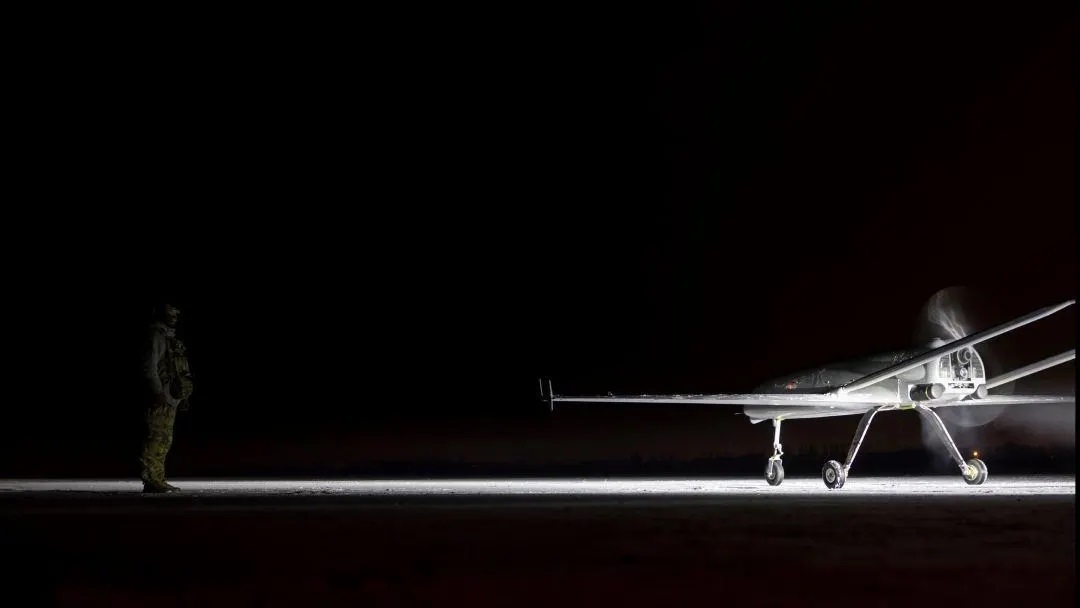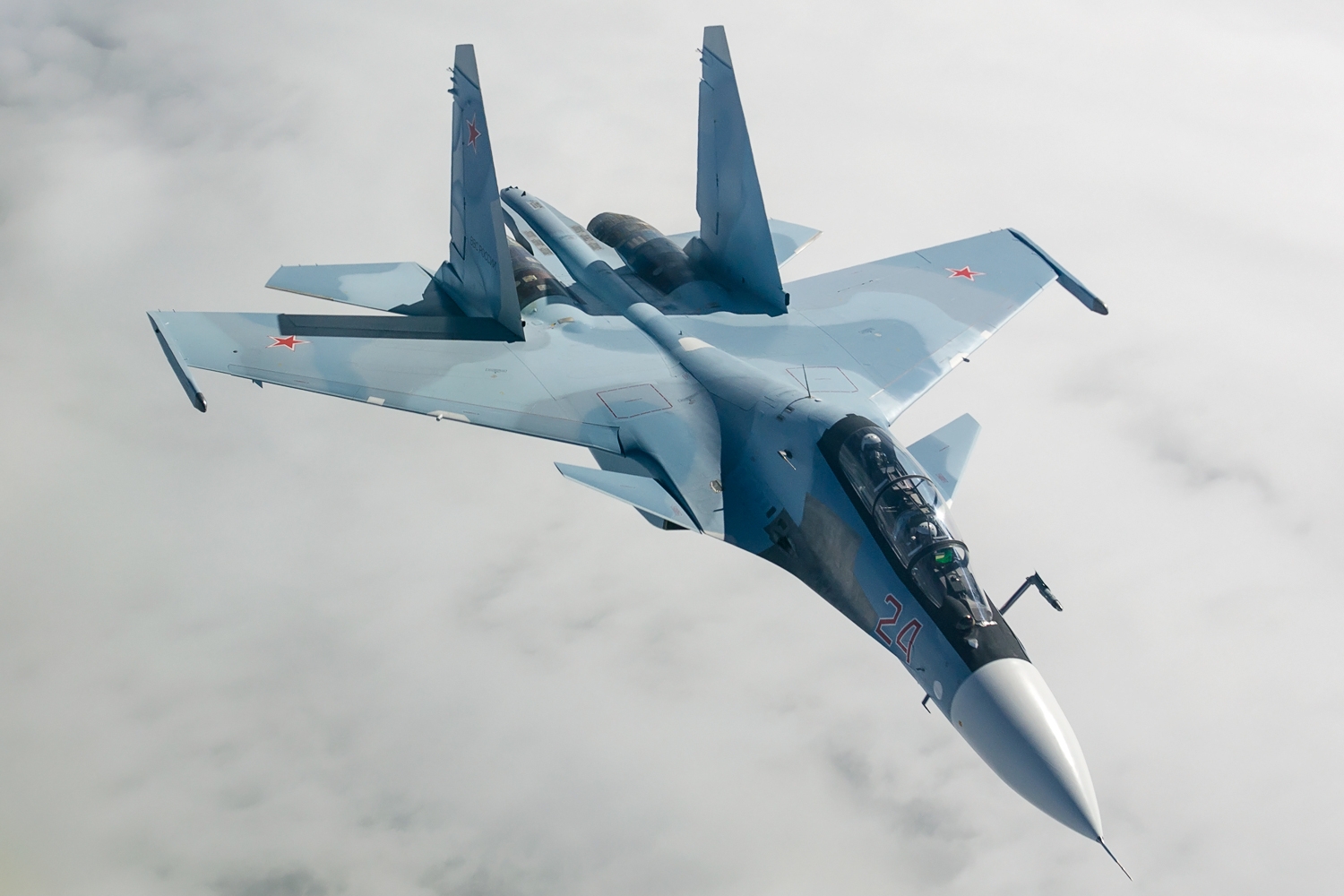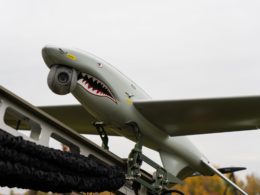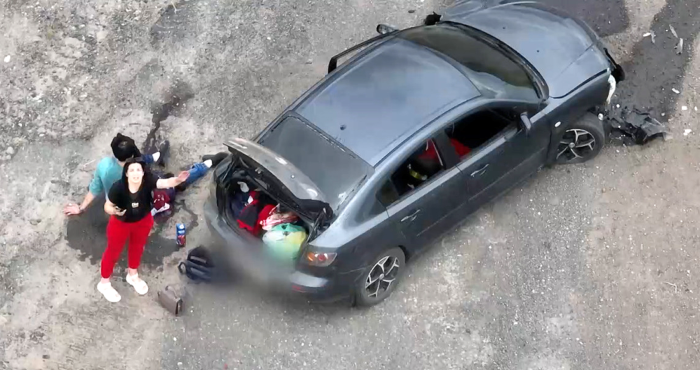In a dramatic overnight assault on 3 May, Ukraine launched hundreds of drones and missiles across land, sea, and air—destroying two Russian jets and striking deep into occupied Crimea.
Russian losses include two warplanes, marking Russia’s heaviest one-day aerial loss in many months.
The drones launched under the cover of darkness. Three-boat formations of remotely controlled unmanned surface vehicles motored toward Russian navy anchorages in occupied Crimea and in Novorossiysk, a port in southern Russia 75 miles from Crimea. The bombardment lasted seven hours.
Meanwhile, missile-armed manned fighter-bombers and unmanned aerial vehicles took off at bases across free Ukraine. Batteries on the ground launched at least a few Neptune cruise missiles.
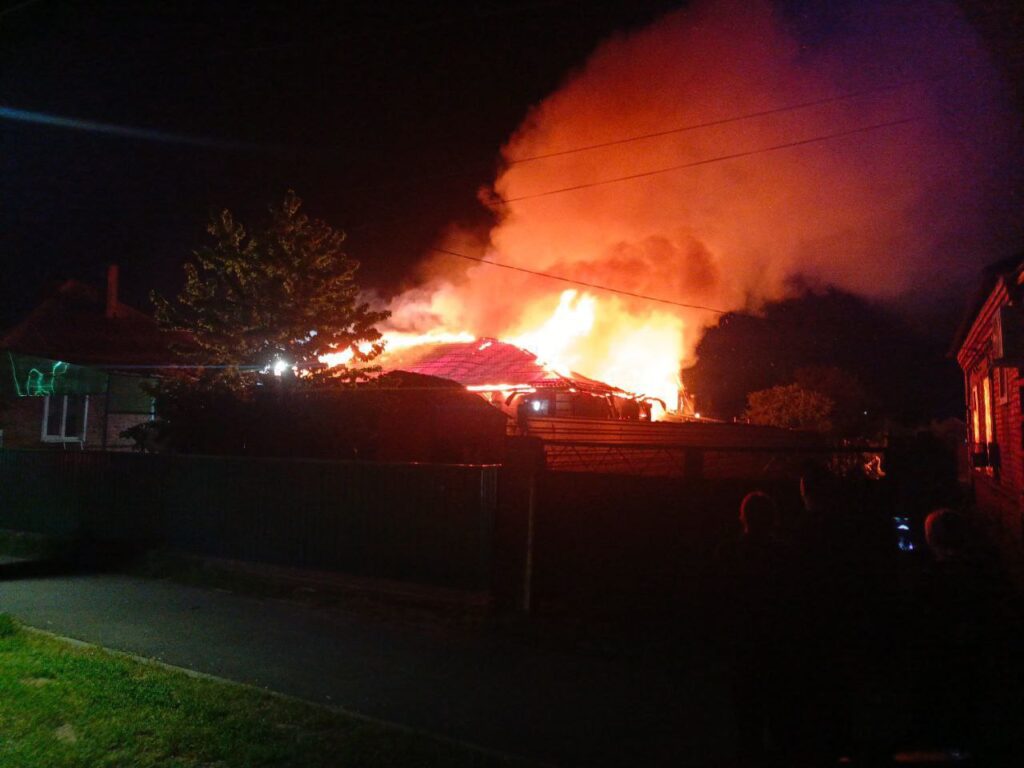
When the sun rose and the smoke cleared, the Russians claimed victory. According to the Kremlin, Russian forces shot down 170 UAVs, eight Storm Shadow cruise missiles—launched by Ukrainian air force Sukhoi Su-24 bombers—and three Neptunes; the Russian Black Sea Fleet blew up 14 drone boats.
But some of the drones and missiles got through. A Magura V5 unmanned surface vessel operated by the Ukrainian Main Intelligence Director’s Group 13 fired an R-73 infrared-guided missile to shoot down a Russian Sukhoi Su-30 fighter outside Novorossiysk.
Further west in Crimea, Russian bases burned. Ukrainian Pres. Volodymyr Zelensky announced the destruction of a second Russian plane but didn’t say where. It’s possible Ukrainian missiles or drones caught the plane on the ground at Saki air base in western Crimea, which has apparently come under attack more than once in recent days.
Why Ukraine’s strikes may not shift the front lines—yet
Ukrainian forces spent days preparing for the overnight assault. Last week, low-flying attack drones struck several Russian radars in Crimea, punching holes in air-defense coverage for follow-on attacks to exploit.
The scale of the drone and missile raid was impressive. But it’s not clear the attacks will help Ukrainian ground forces gain ground.
According to Ukrainian analysis group Frontelligence Insight, Ukrainian commanders oversaw deep strikes in Crimea last year without “linking those strikes to a specific follow-up operation that could have fully exploited the window they created.”
Still rebuilding from heavy losses they suffered during counteroffensives in 2023 and 2024, Ukrainian brigades lack the combat power to push back Russian regiments, even as the Russian regiments suffer cataclysmic losses to Ukrainian artillery and drones.
As for the Russian fighter force: losing two warplanes in one day is painful, but not unsustainable given how rare shoot-downs are, overall. In 39 months of hard fighting, the Russians have lost just 122 fixed-wing aircraft out of a total inventory of 1,100. “Minor losses,” according to Gen. Christopher Cavoli, the head of US Army forces in Europe.


